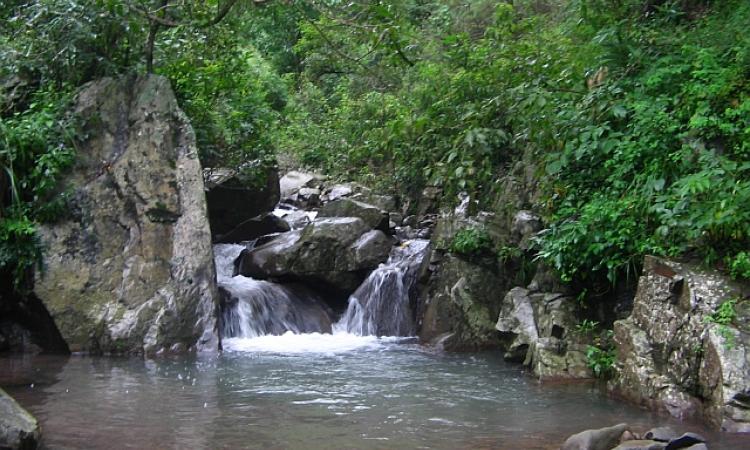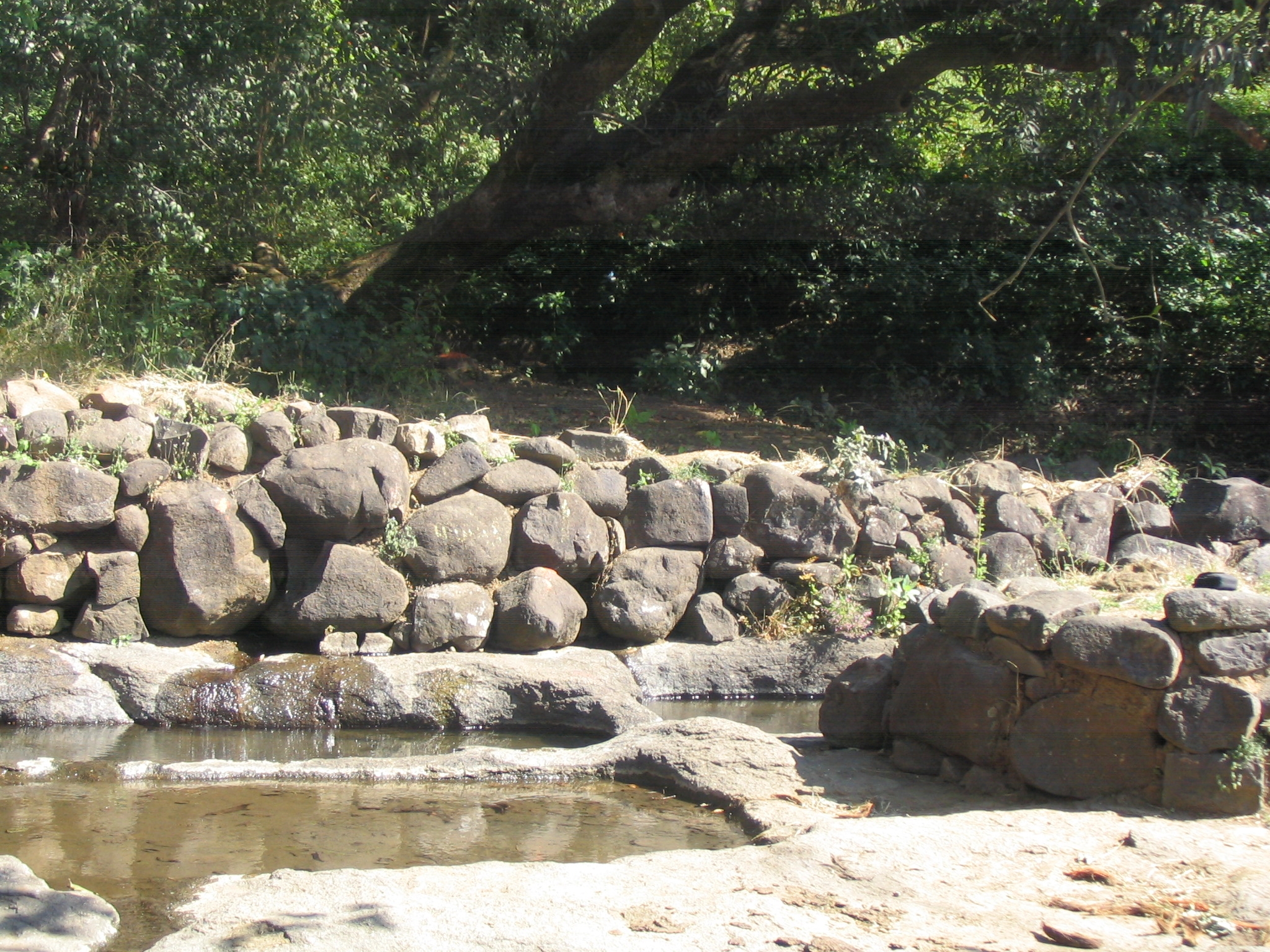
"If you do good work on the ground, policy will happen", says Himanshu Kulkarni of ACWADAM. This has proven to be in true at least in the case of springs. Nearly three decades of research and ground work on spring conservation has convinced the government and development workers of the importance of springs for rural water security. This awareness has led to an increased interest in spring conservation benefiting villagers across India.
However, the ecosystem around the springs has not fared as well in this journey.
The context of springs
Springs exist in some of the most biodiverse regions of the country. Describing the springs in the Western Ghats, Jared Buono says, "A lot of the springs there anchor entire ecosystems which are extremely biodiverse. There are fish on top of these mountains, there are freshwater crabs miles and miles from any perennial water source. How the crabs came to be up there on these mountains, distributed in springs miles apart, is a miracle of nature".
Does spring conservation harm the environment?
Most spring conservation today focuses on serving human needs. To maintain water quality, it is considered desirable to enclose the spring in a 'spring box' and then bring it down to the village. However, as H. Gokul of Keystone Foundation points out, "Once springs are tapped, water is no longer available to animals. This disrupts the ecosystem". This sentiment is echoed by Buono as well. "Because commmunities are so water stressed, the tendency is to capture all the water at the spring and bring it to the village, and when we do that the ecosystem suffers. So that is a learning for us. We have to realise that we are there for the people, but springs are there as part of a larger picture".
Ecologically-aware spring management
Ravi Chopra of the Peoples' Science Institute says, "When we are working on springs, we cannot be blind to the ecosystem in which the springs are located. Most of us working on springs seem to be obsessed with the water. We measure the discharge, the temperature, the quality, but we don't seem to be looking at the trees and the plants and the monkeys around the spring. The ecology of springs requires as much attention as the geology under that ecosystem". Some efforts are being made in this direction by organisations working on springs.
Keystone Foundation discovered that the catchment area of their spring was once a shola forest. They now have a nursery for shola and wetland plants and are working on restoring that ecology. In the development of an ecologically-aware spring, they are supported by the communities that they work with. The Kurumas of the Nilgiris do not drink stagnant or 'dead' water. They need running water to drink, which automatically negates the construction of an enclosed tank for spring water. Traditional spring structures usually include a trough for animals to drink from; this design is followed by organisations in the Western Ghats and the Central Himalayas.
Identifying a healthy ecology
Our view of ecology is possibly coloured by some concepts from the watershed terminology. One of those is the term 'degraded land' or 'wasteland' for areas that are scrub or grassland. However, these are healthy ecosystems in their own rights. As Manoj Pandey of HIMCON says, "While doing spring conservation, we tend to focus on trees. The grasses are also an important part of the ecosystem and need to be involved".
Buono explains what to do once a spring and its catchment area are identified. "Healthy ecosystems are not always forests. Desert and rainforest are both healthy ecosystems. How can we say what is ecologically healthy? Historical photos may be misleading, if denudation of the landscape has been going for a while. 100 years is only 2-3 generations ago; it is important to go past that to the original state".
To assess the actual ecosystem of a region, the following sources can be consulted:
- Reference areas: Sacred forests are usually not modified, so they turn out to be good indicators of the original ecology of the region.
- Historical accounts: These include traveller diaries, and gazetteers.
- Traditional knowledge: Folk lore, myths, songs and sculpture are often overlooked ecosystem records. These often accurately document ecological information.
- Eye witness accounts: These narratives are useful in instances where denudation is of recent origin.
To assess, we cannot use species and biomass levels alone as indicators. It is important to move away from ecosystem species to functions. Identification of the ecology in the area of a spring needs to be followed by ecological surveys defining a goal for maintenance of the spring, addressing human pressures, and looking at biodiversity beyond discharge. In a case where an ecosystem is unravelling, it is important to address the cause. If not, any interventions are just stop gap measures.
Pandey also points out that one aspect of conservation is protection. "There is a cost of not intervening. If we articulate that the forest needs to be preserved, that hands off approach is also participation. There are different levels of participation and all need to be articulated".
The results of this careful research, surveys and controlled interventions will help maintain and restore the incredible ecosystems that springs anchor. For this to happen, we need to respect that springs are not merely water reservoirs for human beings. As Buono says, "The point of this is thinking of what springs mean beyond water supply".